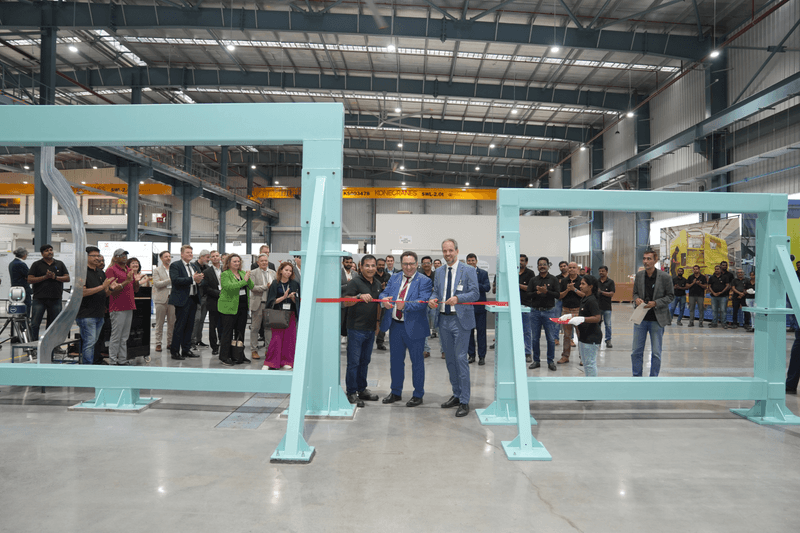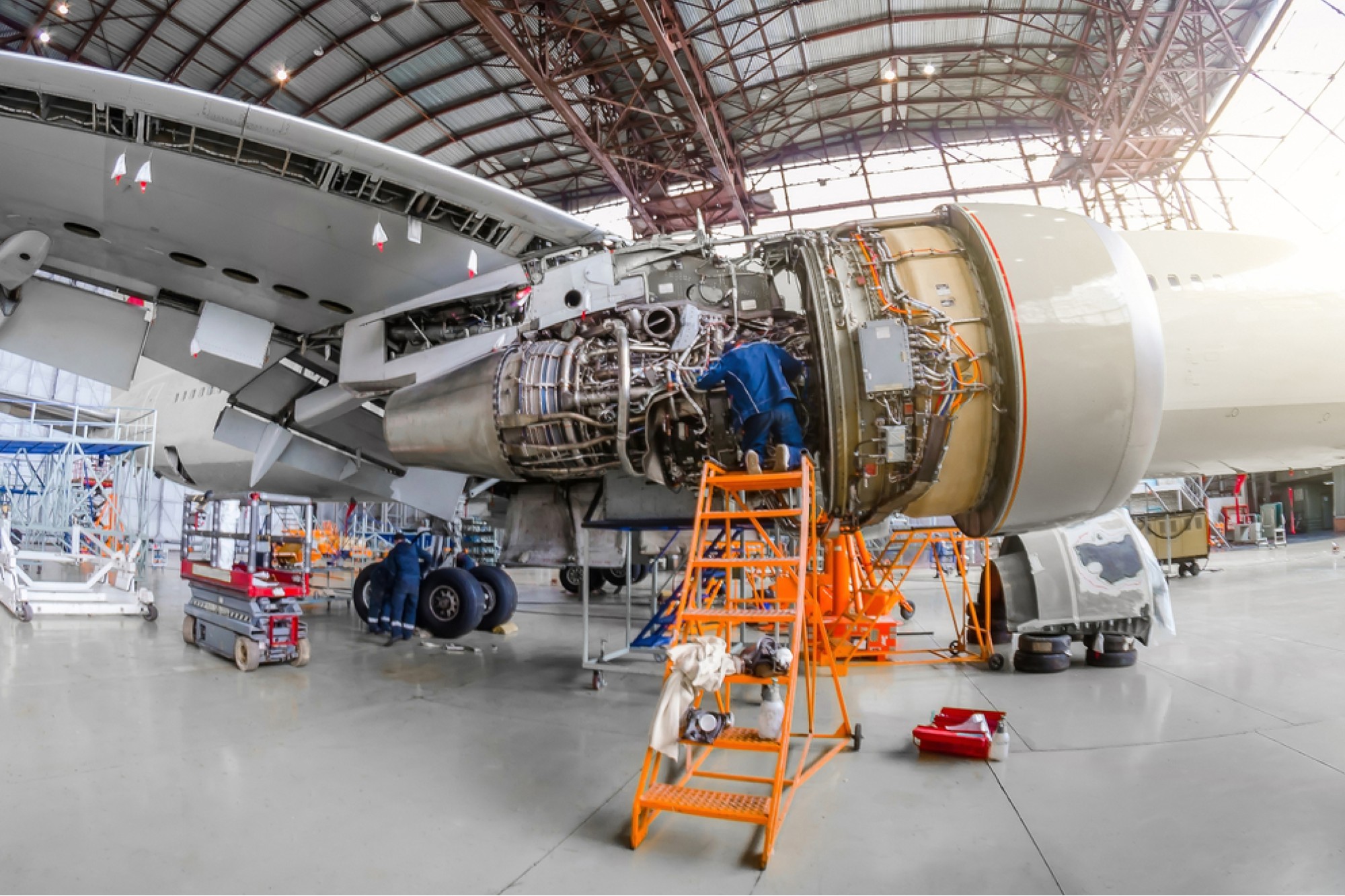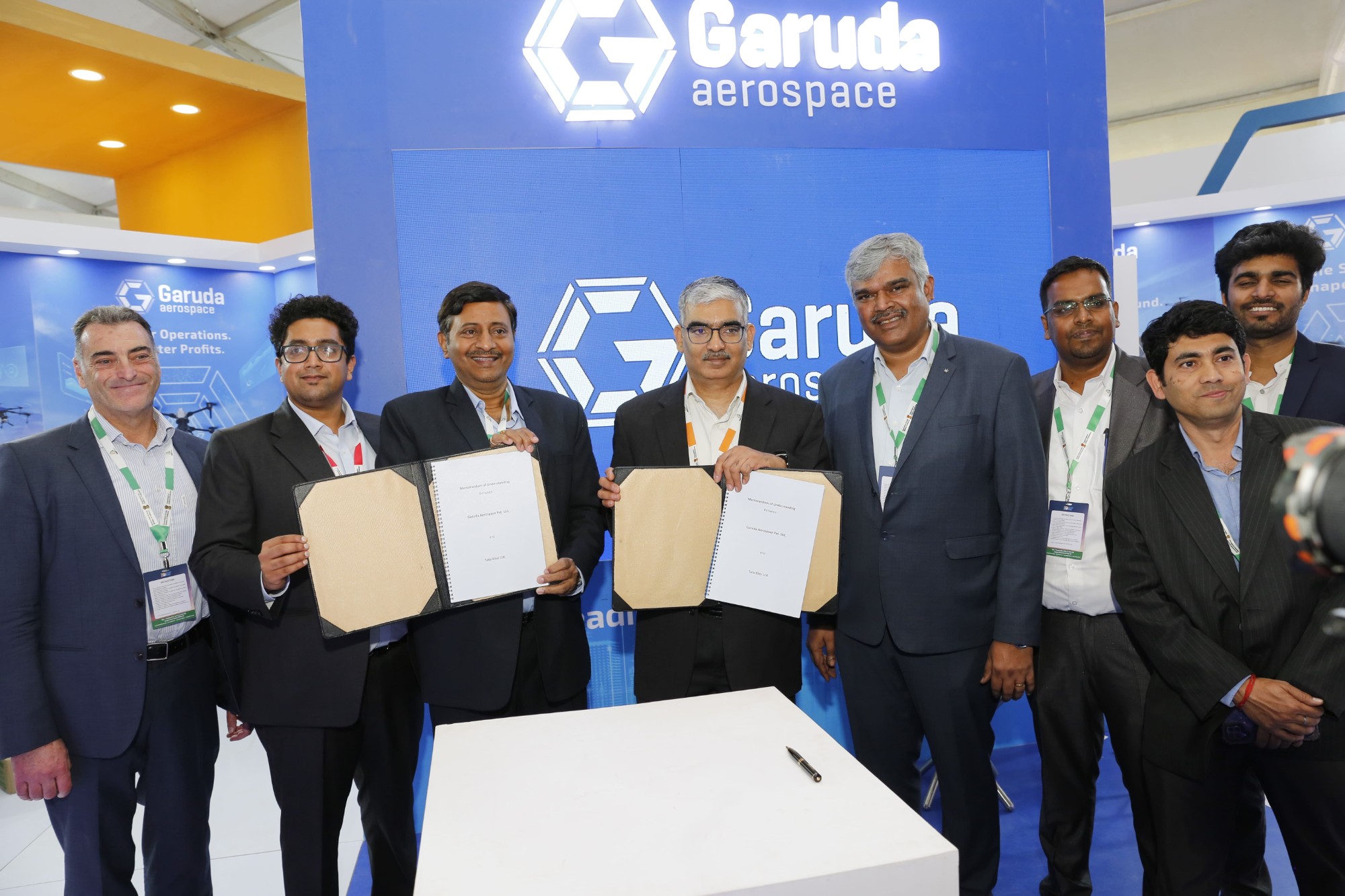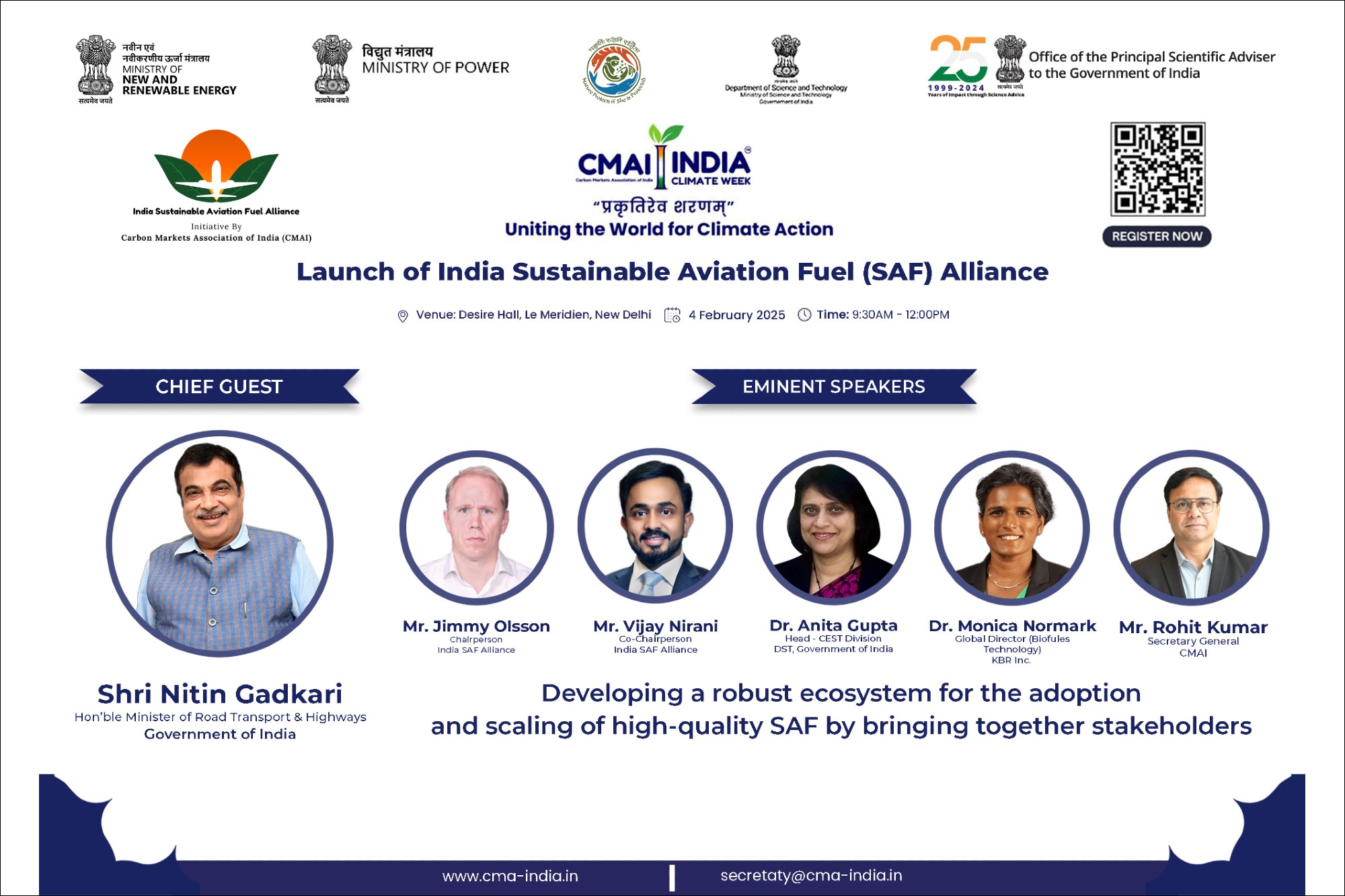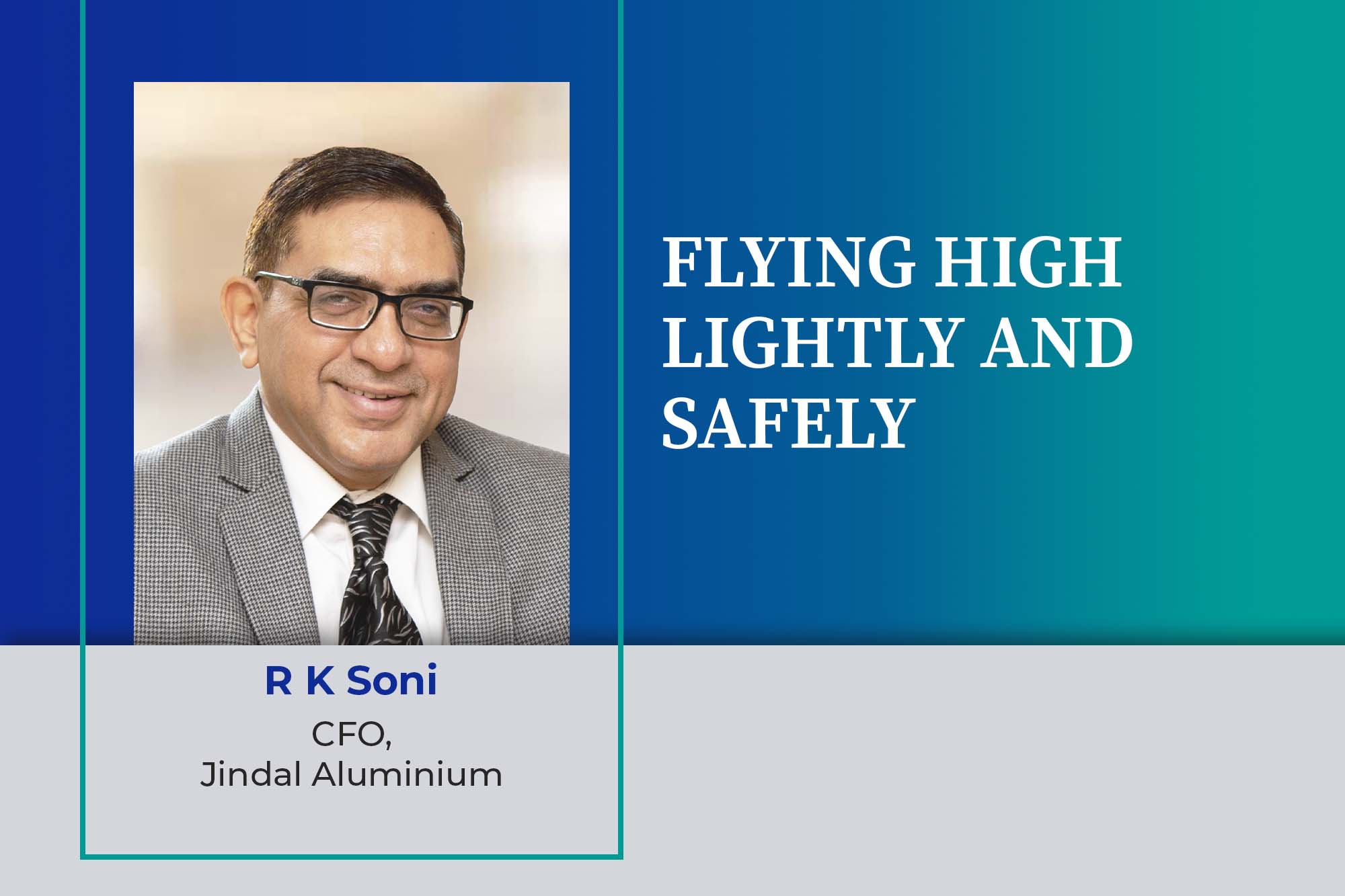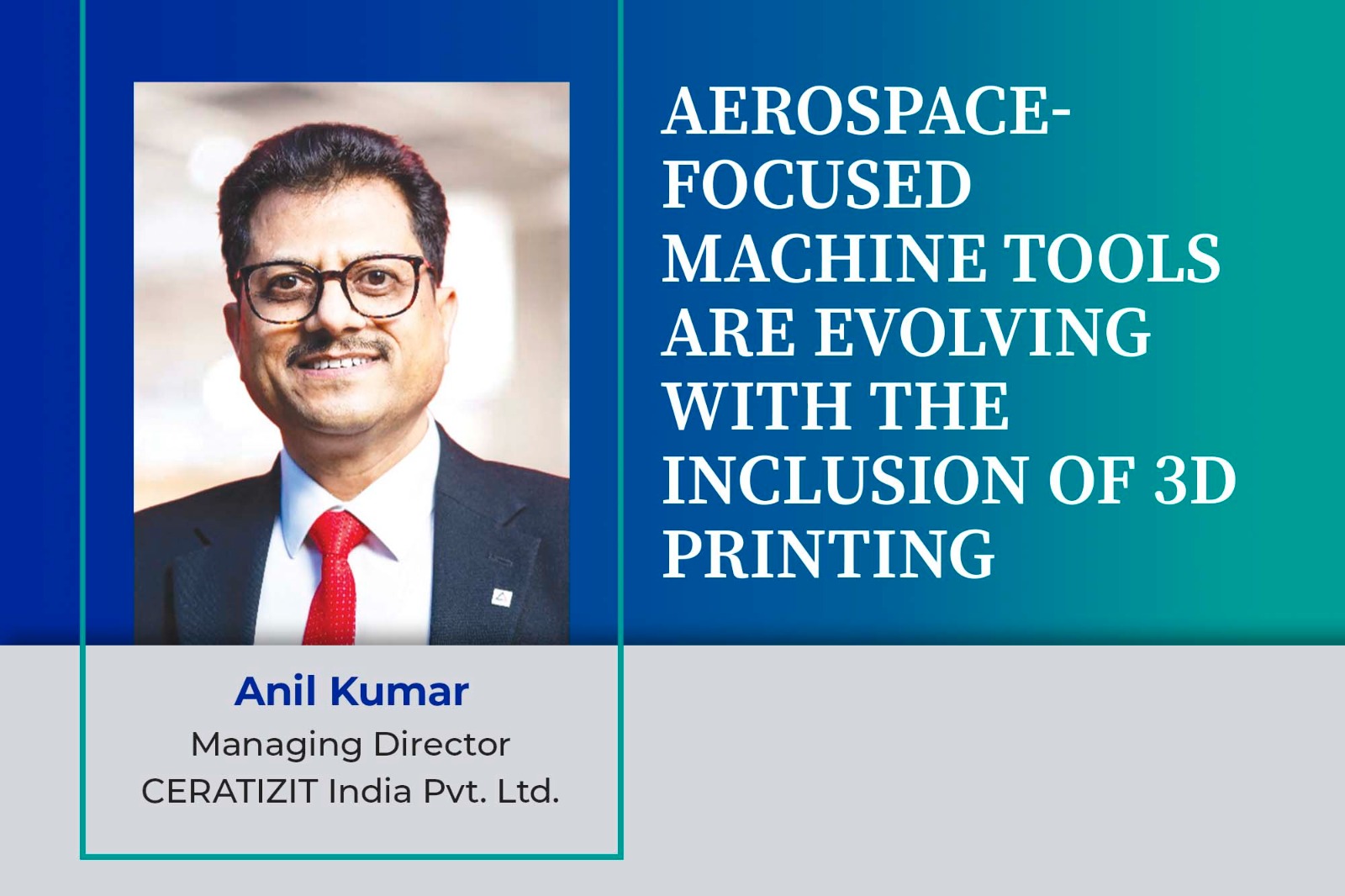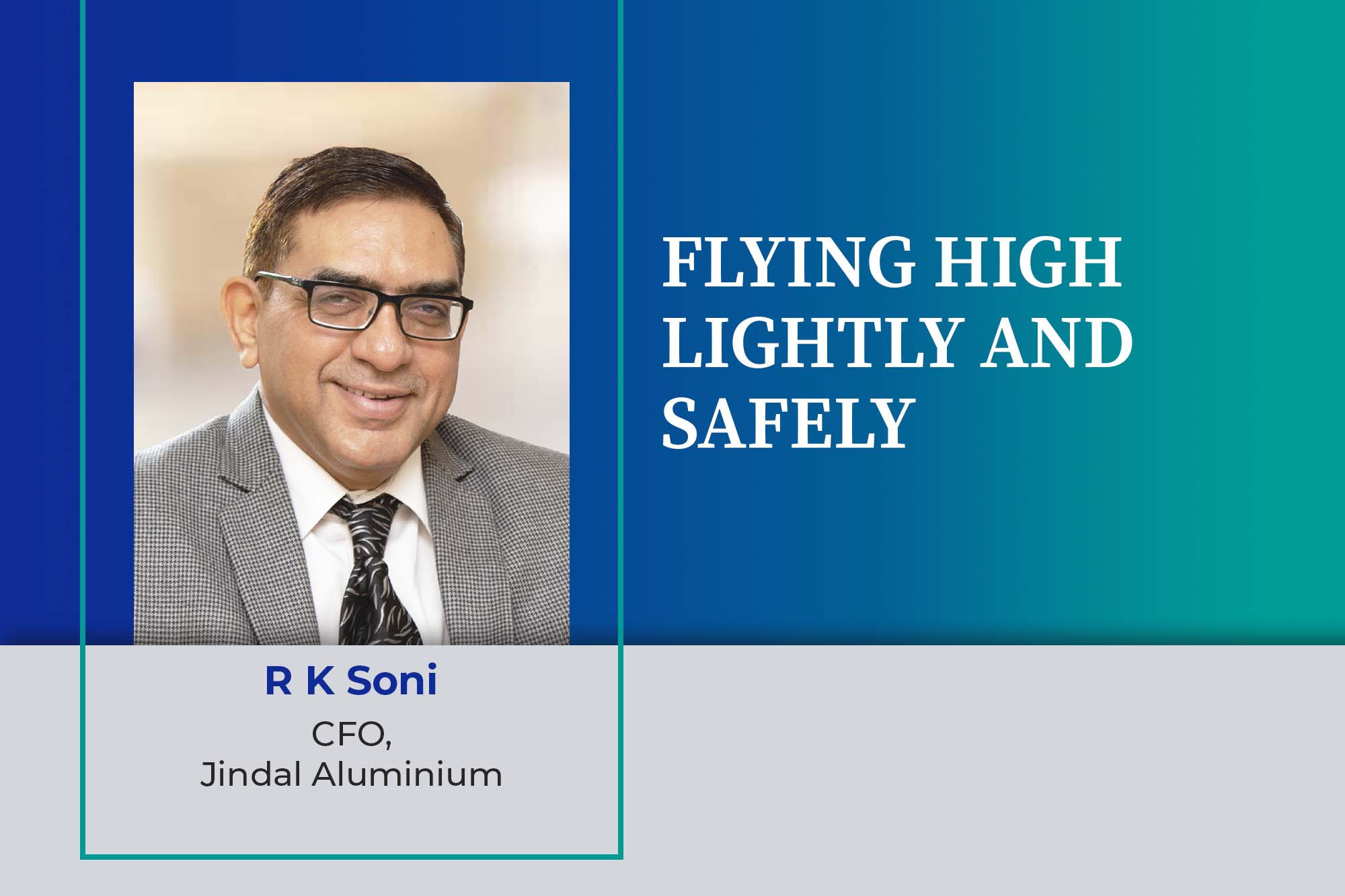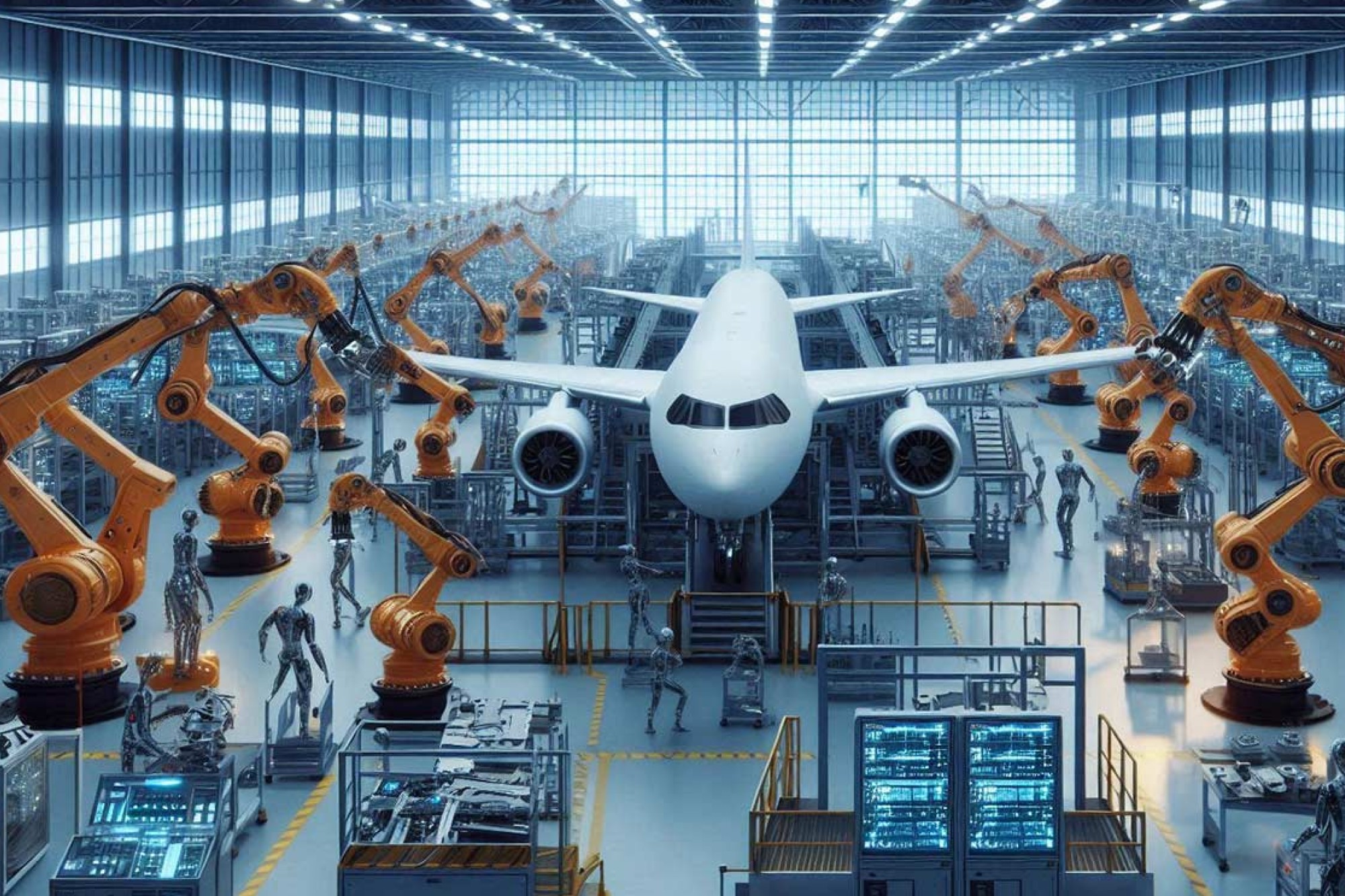Indian manufacturing finds goldmine in the defence sector
By OEM Update Editorial March 30, 2024 12:57 pm IST
According to Capt. Nikunj Parashar, Founder and CMD, Sagar Defence Engineering, advanced MRO technologies incorporate data, automation, and connectivity to boost production efficiency and operations. The integration will steer defence and aerospace industries towards intelligent, connected maintenance practices with efficient operations and innovations to boost operational resilience.
How has recent technological advancement in the aerospace industry influenced defence capabilities?
Recent advancements in the defence and aerospace sector has greatly improved defence capabilities. The development of unmanned and autonomous systems has revolutionised the field by offering strategic surveillance, intelligence and reconnaissance along with unprecedented speed and manoeuvrability. These systems benefit from satellite communication and advanced navigation, which enhances coordination, while artificial intelligence aids decision-making. These technological advancements bolster the defence by providing more versatile, agile, and sophisticated tools, ensuring a strategic edge in contemporary warfare.
Please elaborate on opportunities in the defence and aerospace industry amidst the geopolitical situation.
The present geopolitical landscape offers lucrative opportunities within the defence and aerospace sectors. Cybersecurity, Autonomous and Unmanned Systems, and space exploration endeavours such as the Gaganyaan Mission gain heightened significance, offering growth potential. With geopolitical complexities driving nations to enhance their military prowess, there is a chance to showcase indigenously developed defence technology internationally. Additionally, collaborations and alliances for joint research and development fuel the sector’s growth and innovation. Given the evolving geopolitical dynamics, the defence and aerospace industry is positioned for substantial growth and innovation.
How do you see the role of private companies in the defence and aerospace sectors amid the proliferation of space satellites and militarisation?
The rise in space satellites and militarisation has significantly transformed the role of defence start-ups. This evolution has spurred innovation and promoted cost-effectiveness. These start-ups are now essential partners in national security endeavours, working alongside government agencies to create and implement cutting-edge solutions. This trend marks a shift toward a more collaborative and dynamic landscape, where start-ups play a substantial role in shaping the defence and aerospace sectors.
How do CAD, CAM, and 3D printing influence manufacturing processes for creating intricate components?
Computer-Aided Design (CAD) and Computer-Aided Manufacturing (CAM) technologies and 3D printing are fundamentally changing the manufacturing process for complex and intricate parts. CAD enables engineers to digitally model precise designs, allowing for efficient and accurate creation of complex components. CAM then translates these designs into instructions that machines can understand, streamlining manufacturing processes. With the integration of 3D printing, this approach is further improved as it enables the layer-by-layer construction of intricate geometries, reducing waste and enabling the production of designs that traditional methods struggle to produce. Together, these technologies optimise production workflows, decrease lead times, and provide cost-effective solutions, particularly in aerospace, automotive, and medicine, where precision is crucial. This combination of CAD, CAM, and 3D printing represents a transformative shift towards more agile, tailored, and efficient manufacturing methods for parts needed to develop complex autonomous systems.
How do advancements in autonomous systems impact military capabilities in defence and aerospace, surveillance, etc.?
The advancement of autonomous systems in defence and aerospace marks a significant shift in military capabilities. Unmanned Marine Surface Vessels (USVs), Autonomous Underwater Vehicles (AUVs), and Unmanned Aerial Vehicles (UAVs), commonly known as drones, have gained prominence, handling tasks such as surveillance, reconnaissance, and even combat operations. These autonomous systems leverage advanced sensors, artificial intelligence, and machine learning algorithms to manoeuvre through intricate surroundings, make real-time decisions, and adapt to dynamic situations.
How are defence and aerospace organisations enhancing cybersecurity measures to protect critical infrastructure and sensitive information?
In light of the increasing cyber threats, many defence start-ups today are intensifying their cybersecurity measures to safeguard critical infrastructure and sensitive data. This comprehensive strategy starts with deploying advanced encryption protocols to secure communication channels and safeguard classified information. They also conduct regular security audits and assessments to detect vulnerabilities proactively. Furthermore, network segmentation done by them restricts lateral movement within the infrastructure, enhancing overall protection measures.
What role does international collaboration play in shaping the future of the defence and aerospace industries?
Collaboration on an international scale holds immense significance in shaping the trajectory of defence and aerospace industries, with partnerships and alliances serving as key drivers in addressing global security challenges. In an era marked by interconnected threats, nations increasingly acknowledge the necessity of joint efforts to address mutual security concerns. Through strategic collaborations between defence and aerospace sectors across borders, knowledge sharing is facilitated, collaborative research endeavours are made, and technological advancements are made. This collaborative approach fosters the emergence of innovative technologies like unmanned and autonomous systems and also contributes significantly to enhancing global security measures. Consequently, as the emphasis on collaboration continues to grow, it underscores the foundational elements of alliances and partnerships in realising the vision of ‘Make in India, Make for the World’.
Cookie Consent
We use cookies to personalize your experience. By continuing to visit this website you agree to our Terms & Conditions, Privacy Policy and Cookie Policy.




